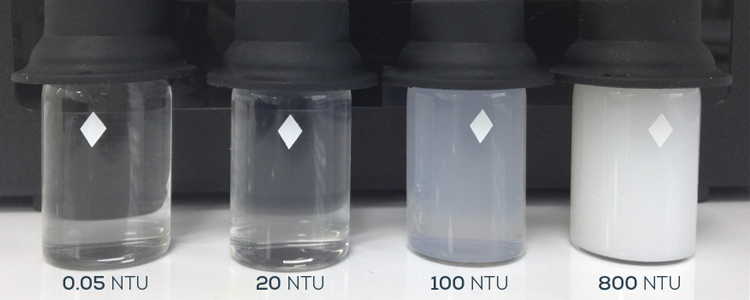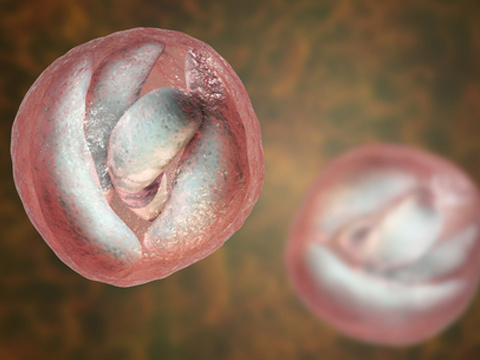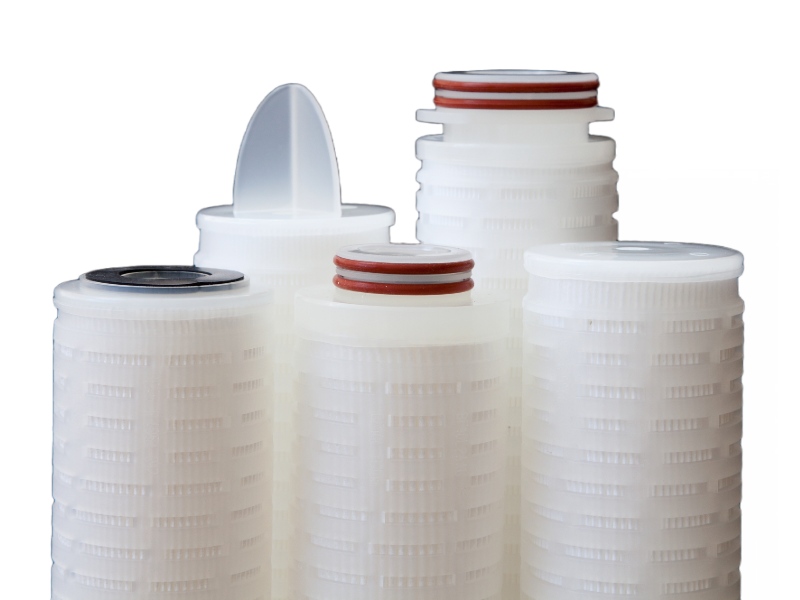6 Tips to Achieve Continuous Effective Gas Sterilisation
Sterile gas filters are used in applications such as venting that require uninterrupted continuous use, preferably across months or a year. However, too often, people treat gas filters like liquid filters, which can lead to disastrous consequences, such as a costly and time-consuming storage tank collapse. If you bear in mind the following points, you can ensure successful continuous effective operation:
1. Manage system to run at low differential pressures
Gases are compressible fluids but liquids are mostly non-compressible fluids. So, when transporting large volumes of gas, air is compressed to a far smaller volume, which allows lower capital investment in pipework, valves, etc. However, compressing gases is a significant expense, and anything that causes gas pressure to drop wastes money. Consequently, you must design all components of a gas system to reduce any potential pressure drop.
2. Manage the gas’s dewpoint
Gases can hold liquid as vapour, and how much a volume of gas can hold depends on the gas’s temperature. Generally, the hotter the gas, the more vapour it can hold. Liquids in the vapour phase cause no problems for filters and readily pass through them with no issue.
However, if the dewpoint falls, vapour will condense into bulk water. As most sterile gas filters are hydrophobic when bulk water reaches them, they will blind, causing a significant increase in differential pressure, rises in operating costs and potentially the filter cartridges’ collapse.
A filter showing the curve under the cage.

Below: The same filter collapsed (left) and how it should look (right).

To avoid problems, you must manage gas temperature to maintain liquid in the vapour phase. Using insulation and heating to increase gas temperature will solve these issues.
3. Manage condensate in gas lines
Correct installation is the answer to managing condensate. Ensure take offs from gas ring mains come from the top of gas lines so bulk water is left behind. Install pipework with a slight slope away from any gas filter housing, so condensate drains to drains and traps. Similarly, install filter housings at the highest point possible, again to drain condensate away.
Finally, think about the worst conditions when designing the system. For example, if gas lines run outside from a compressor room to other buildings on-site, the ambient conditions in winter will differ to those in summer. In winter, far more bulk water will condense if you do not design appropriately.
4. Remove particulate contamination in gas before the final filter
Like a spear travelling at high velocity, any particulate could penetrate through the final sterile gas filter if it’s not removed beforehand. The use of coalescing filters is recommended as they remove particulate and droplets of liquid effectively. Although pleated cartridge filters can also be used, they only retain the particulate.
5. Always use gas rather than liquid filter housings
 Manufacturers design sterile liquid housings primarily to minimise product hold-up and make them easy to clean. However, the primary design concern of gas housings is to minimise differential pressure and protect sterile gas cartridges from direct contact with gas flow. Using swept bends and an increased size of inlet and outlets (image left) compared to liquid housings (image right) are the main ways to reduce differential pressure. Using a plenum chamber ensures that gas entering the housing does not go directly onto the sterile gas cartridge and that any condensate can fall out of the gas stream. The diagram shows these differences.
Manufacturers design sterile liquid housings primarily to minimise product hold-up and make them easy to clean. However, the primary design concern of gas housings is to minimise differential pressure and protect sterile gas cartridges from direct contact with gas flow. Using swept bends and an increased size of inlet and outlets (image left) compared to liquid housings (image right) are the main ways to reduce differential pressure. Using a plenum chamber ensures that gas entering the housing does not go directly onto the sterile gas cartridge and that any condensate can fall out of the gas stream. The diagram shows these differences.
6. Understand that not all filters are made equal, no matter how similar they look Although most pleated gas cartridges look similar on the outside, the media and components they use for their internal hardware can alter their flow performance dramatically.
Although most pleated gas cartridges look similar on the outside, the media and components they use for their internal hardware can alter their flow performance dramatically.
The diagram on the right shows three readily available sterile gas filter cartridges. The first is a standard PTFE cartridge (green) that is designed for liquid use. The second is a high-flow PTFE cartridge (red) – all that has changed to the first PTFE cartridge is that the internal hardware has been upgraded to a wide bore construction. The final cartridge, a pleated glass microfibre (blue), uses the same wide bore hardware, but the flow characteristics of the media are far superior to PTFE. On the outside, they look the same, but the graph shows the differences in performance and the impact on capital costs of new systems and the running costs of all systems.
In conclusion, improving your understanding of the challenges of continuous effective sterile gas filtration leads to correctly designed systems and effective, efficient filters. Learn more about compressed gas filtration and vacuum break filtration solutions.
PoreFiltration – Making your filtration systems work harder





